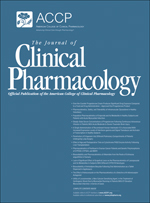
“Human Gingival Mesenchymal Stem Cells (hGMSCs) are multipotential cells that can expand and differentiate in culture under specific and standardized conditions.
In the present study, we have investigated whether in vitro pre-treatment of hGMSCs with Cannabidiol(CBD) can influence their expression profile, improving the therapeutic potential of this cell culture.
In conclusion, the present study will provide a new simple and reproducible method for preconditioning hGMSCs with CBD, before transplantation, as an interesting strategy for improving the hGMSCs molecular phenotype, reducing the risk of immune or inflammatory reactions in the host, and in parallel, for increasing their survival and thus, their long-term therapeutic efficacy.”






.png)


